Sound Quality Matters: Top Tips for Audiophiles in 2025
Introduction
For audiophiles, sound quality is paramount. Whether you’re listening to music, watching movies, or gaming, having superior audio can make all the difference. In 2025, advancements in audio technology have brought new ways to experience high-fidelity sound. This guide covers everything you need to know to optimize your sound quality, from choosing the right equipment to understanding the latest technologies.

Understanding Sound Quality
What Defines Good Sound Quality?
Sound quality is determined by several factors, including:
- Frequency Response – The range of sounds a speaker or headphone can reproduce.
- Harmonic Distortion – Lower distortion means cleaner sound.
- Dynamic Range – The contrast between the softest and loudest sounds.
- Impedance – Affects compatibility with amplifiers and sound sources.
Analog vs. Digital Sound
- Analog Audio provides a warm, natural sound but may degrade over time.
- Digital Audio offers precision and clarity but may sound harsh to some listeners.
Choosing the Right Audio Equipment
Best Headphones for Audiophiles
- Open-back headphones – Provide a more natural soundstage.
- Closed-back headphones – Offer better noise isolation.
- Planar magnetic headphones – Deliver excellent detail and low distortion.
- Electrostatic headphones – Offer the highest fidelity but require dedicated amplifiers.
Selecting High-Quality Speakers
- Floor-standing speakers – Ideal for home theaters and large rooms.
- Bookshelf speakers – Compact but powerful.
- Studio monitors – Designed for accurate sound reproduction.
- Wireless speakers – Convenient but may sacrifice some fidelity.
Advanced Audio Technologies in 2025
High-Resolution Audio Formats
- FLAC & ALAC – Lossless formats for superior sound.
- MQA (Master Quality Authenticated) – A compressed format that retains high quality.
- DSD (Direct Stream Digital) – Offers an ultra-high-quality audio experience.
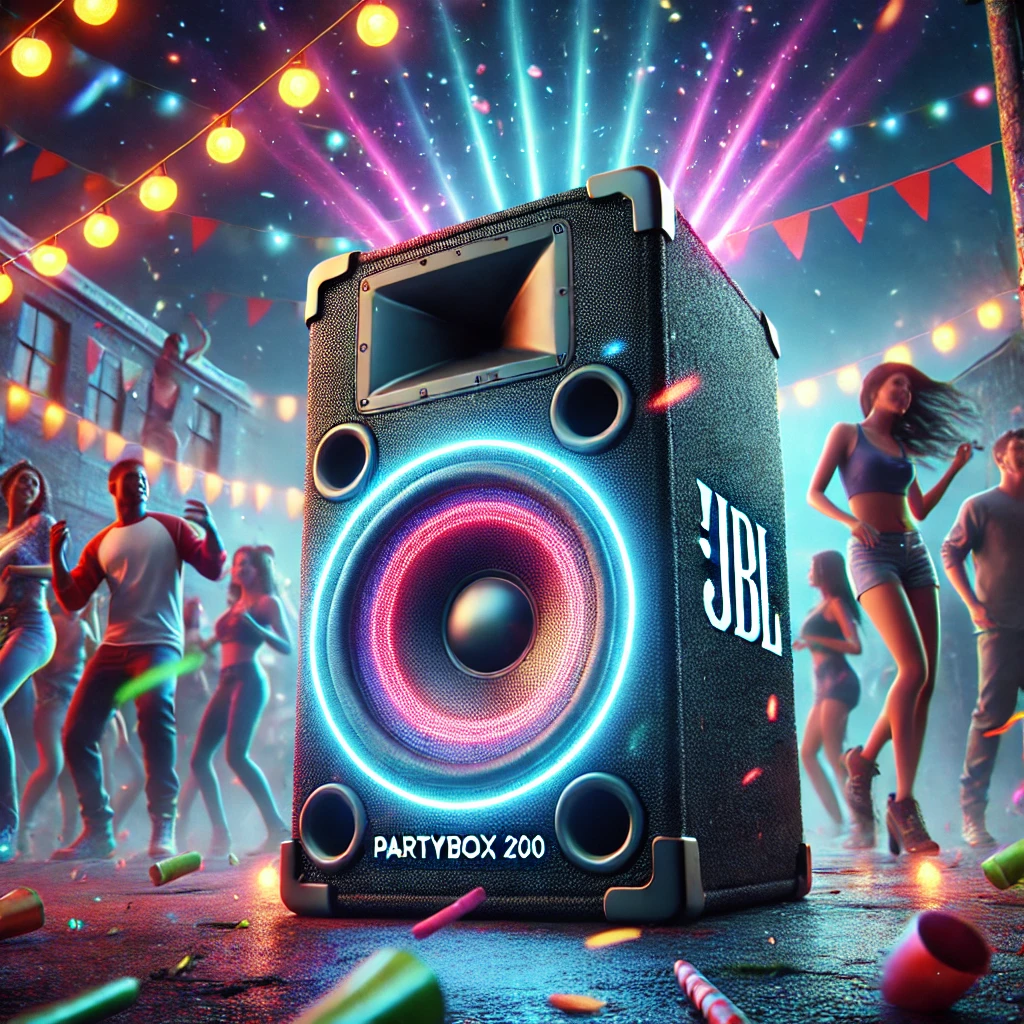
The Rise of Spatial Audio
Spatial audio provides an immersive listening experience. Technologies like Dolby Atmos and Sony 360 Reality Audio simulate a 3D sound environment, making it feel as if sound is coming from all directions.
AI-Powered Audio Enhancement
AI is revolutionizing sound processing by:
- Removing background noise intelligently.
- Enhancing bass and treble dynamically.
- Adjusting sound profiles based on environment and user preferences.
Optimizing Your Audio Setup
Room Acoustics Matter
- Use soundproofing materials to minimize external noise.
- Add rugs, curtains, and bookshelves to reduce echo and reverb.
- Position speakers correctly for optimal sound dispersion.
Choosing the Right Amplifier
Amplifiers power your speakers and headphones, influencing sound quality. Consider:
- Class A amplifiers for the best sound quality but higher power consumption.
- Class D amplifiers for efficiency and affordability.
- Tube amplifiers for a vintage, warm sound.
The Future of Audio: What’s Next?
With advancements in AI, wireless technology, and immersive audio, the future of sound quality looks promising. Some emerging trends include:
- Wireless Lossless Audio – Companies are developing high-resolution wireless transmission methods.
- Personalized Sound Tuning – AI-driven customization based on ear shape and hearing profile.
- Neural Audio Processing – Brainwave-controlled sound enhancement for an adaptive listening experience.
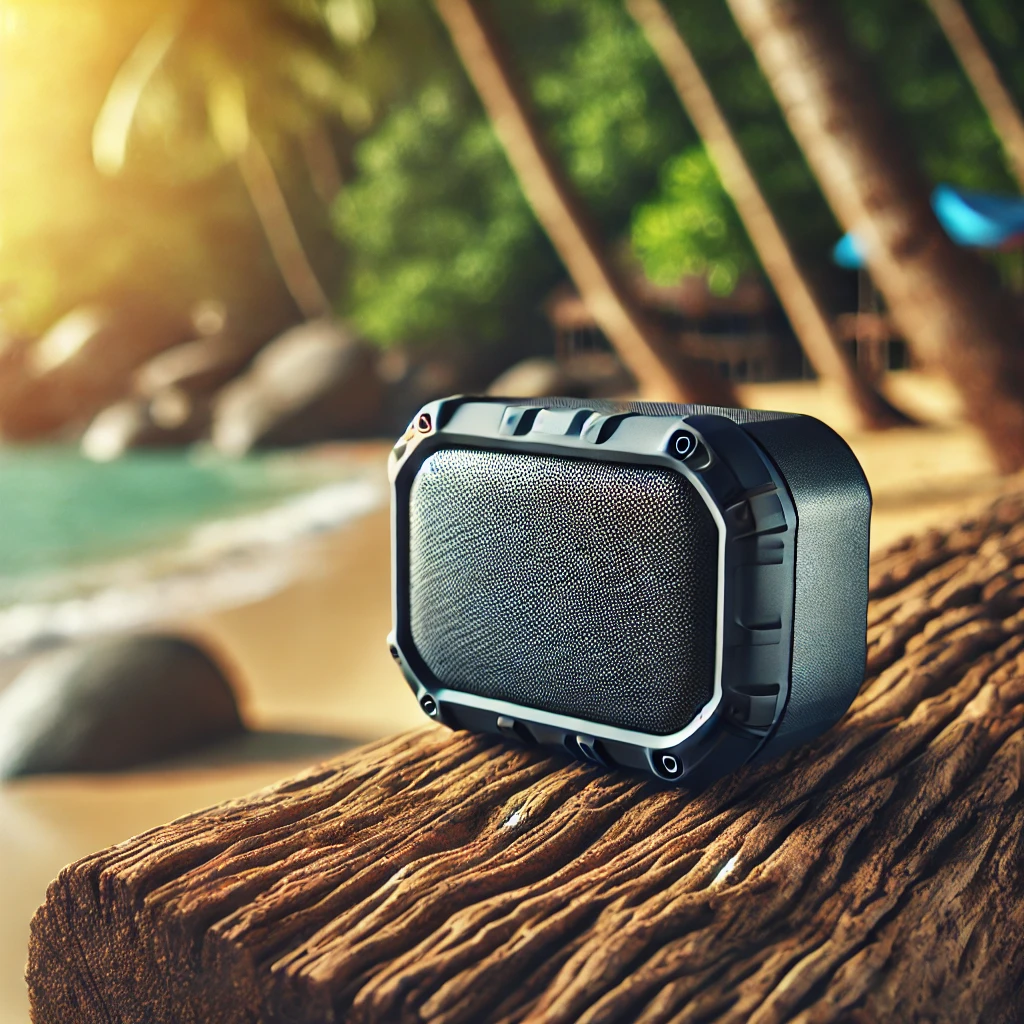
Conclusion
In 2025, achieving high-quality sound is easier than ever with the right knowledge and equipment. By understanding the fundamentals of audio, investing in high-fidelity gear, and leveraging the latest technology, you can elevate your listening experience to new heights. Whether you’re a casual listener or an audiophile, superior sound quality is within your reach.
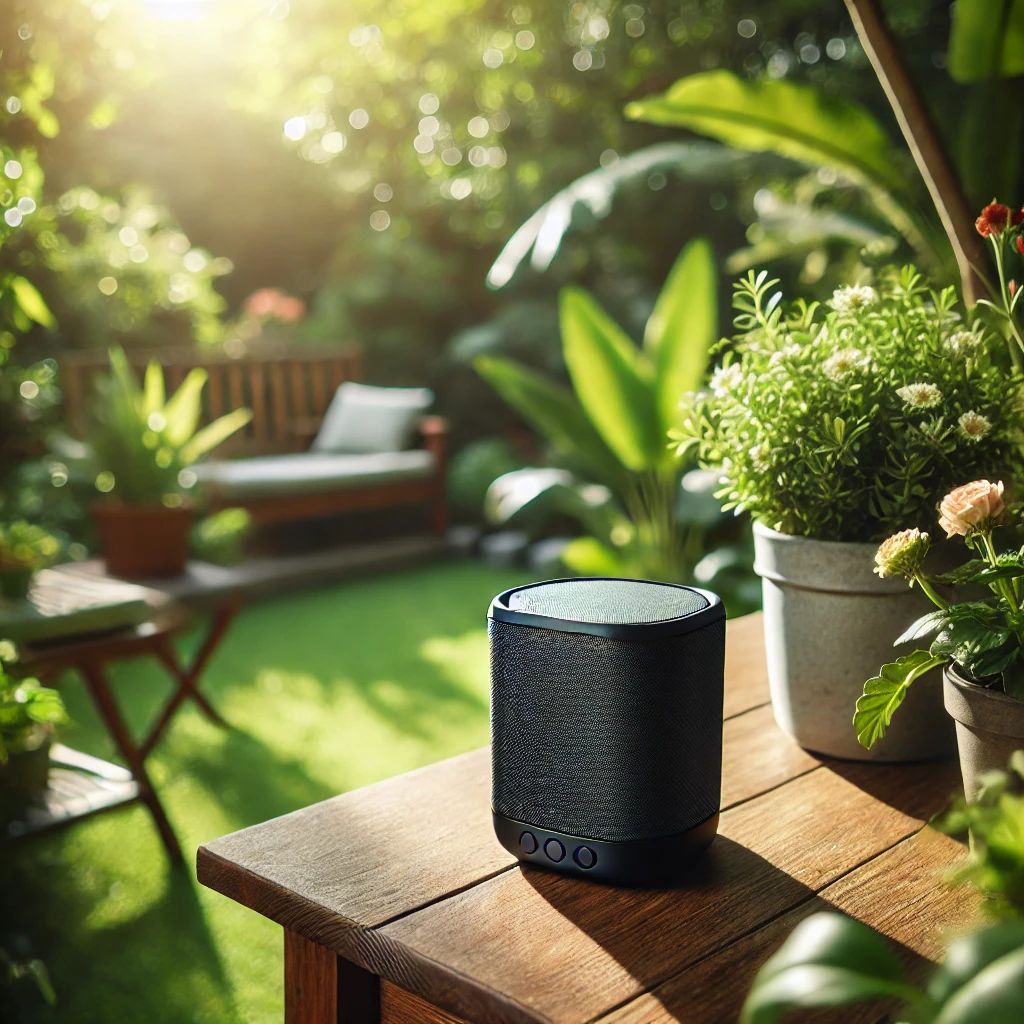




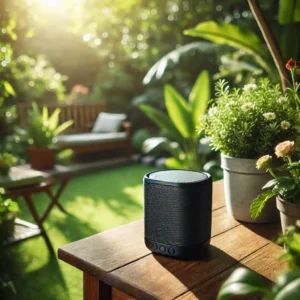
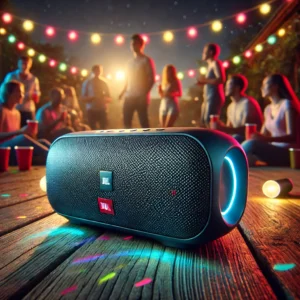
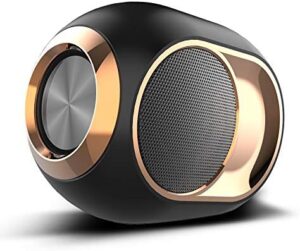
1 comment